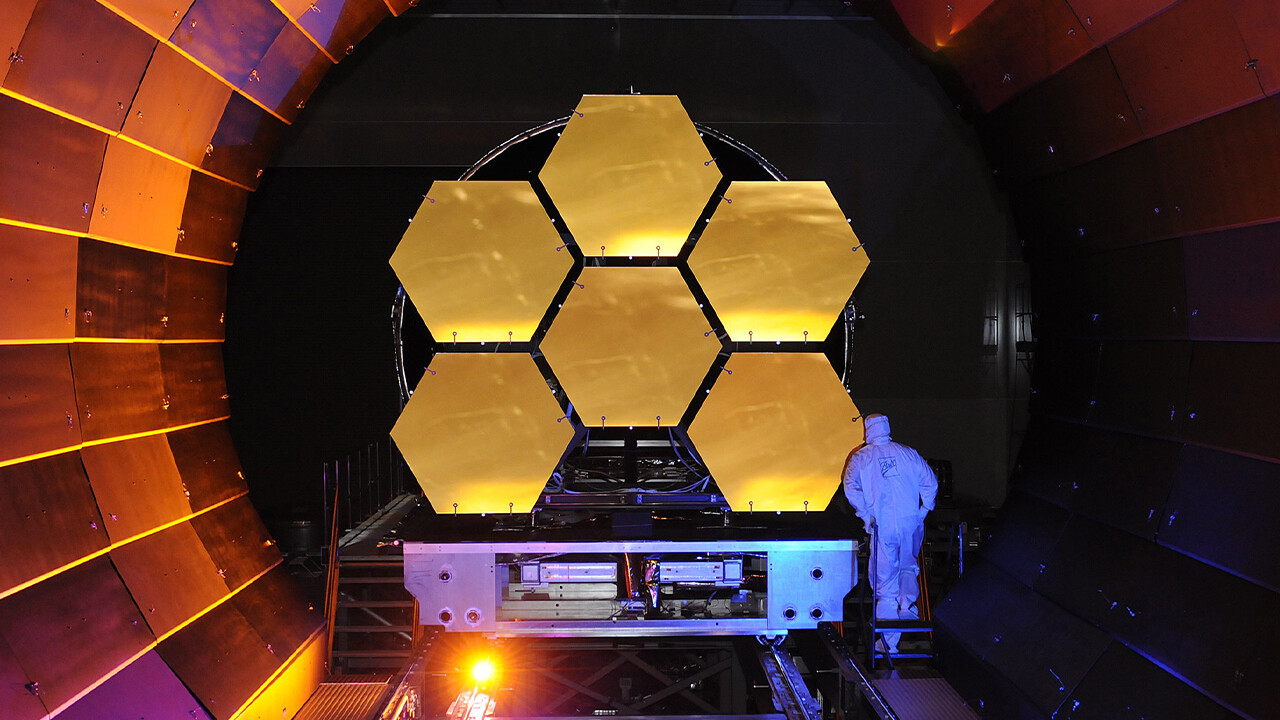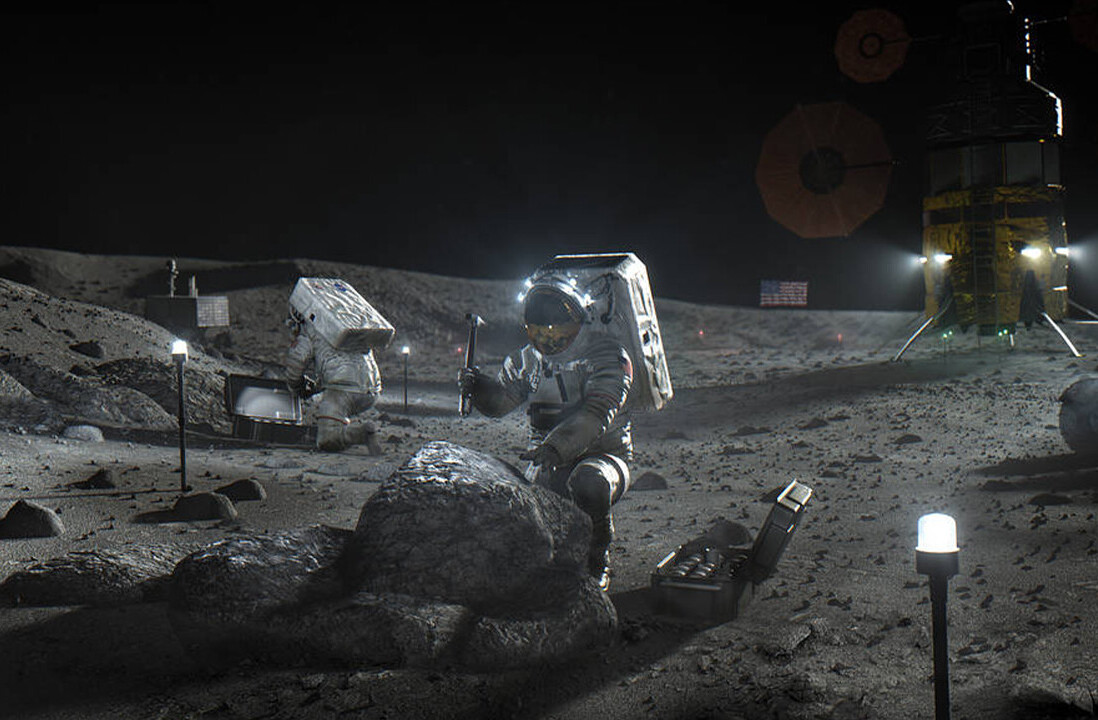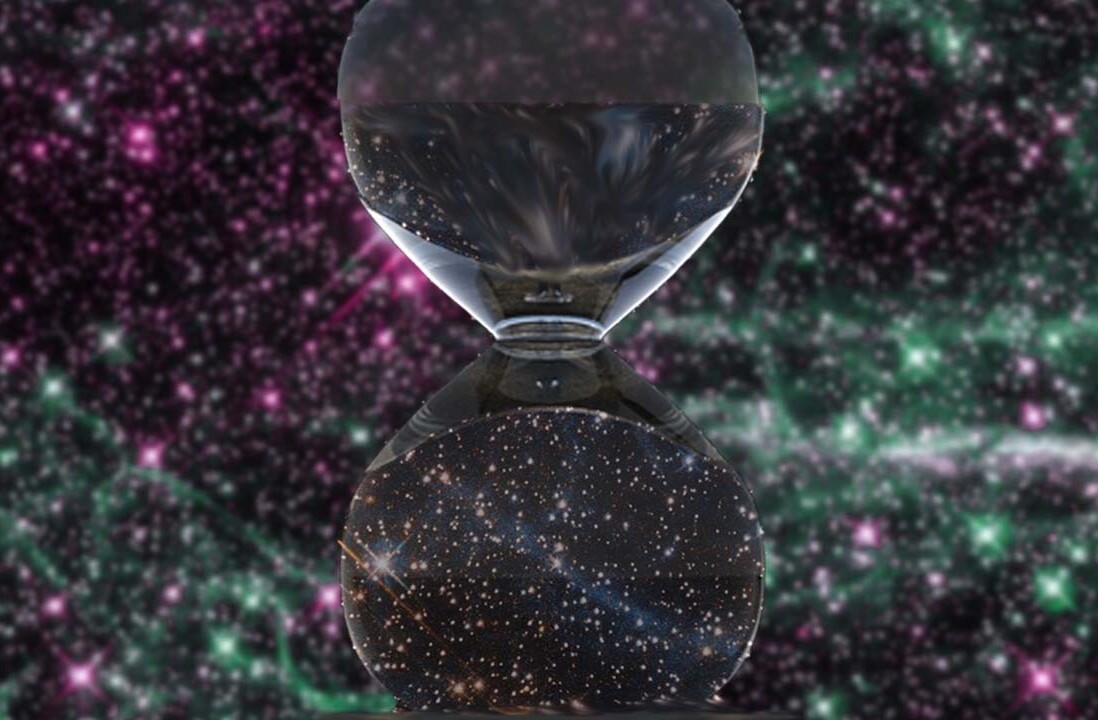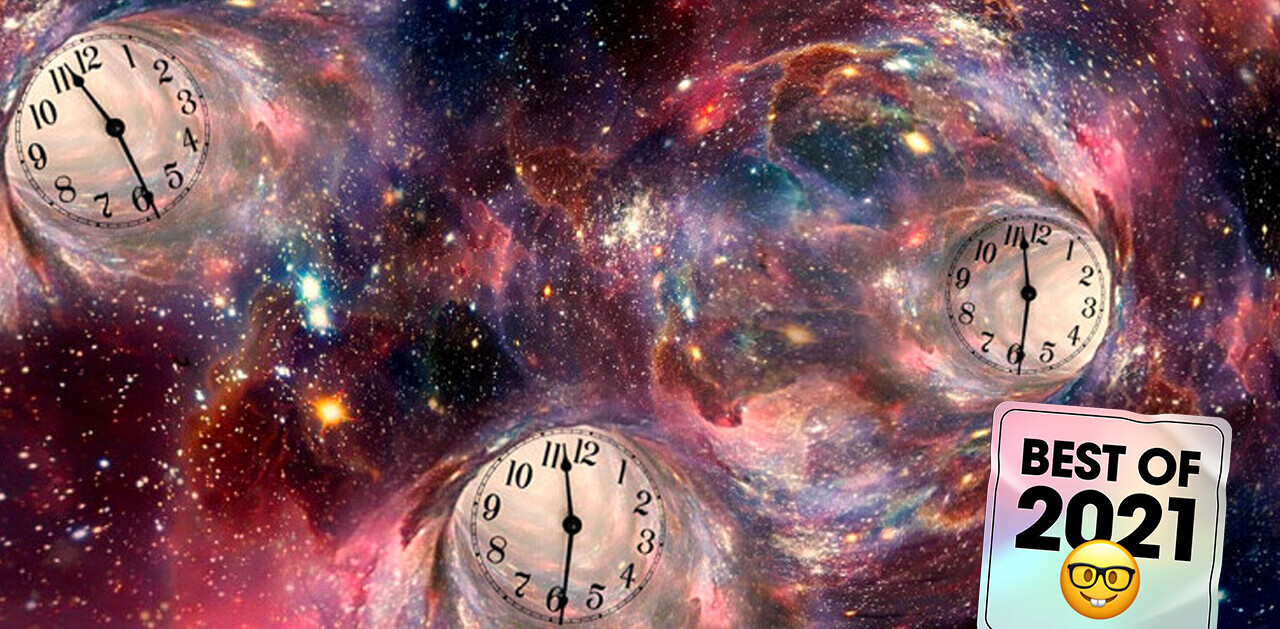
If everything goes according to plan on December 25, we will enter a new era of astronomy with the launch of the James Webb Space Telescope (JWST). It’s an event that has been anticipated for a decade – it will be the largest and most expensive and complex telescope ever built, tested, and launched into space.
At the time of writing, the US$10 billion (£7.5 billion) telescope has been fuelled for its flight and mounted atop the Ariane 5 rocket at Europe’s spaceport in French Guiana, which will carry it into space.
The launch will be both exciting and terrifying for the thousands of scientists, engineers, managers, and support staff who have brought JWST to this point. As chair of the Space Telescope Science Institute Council, which will run the operations center for JWST, I’ll share their nervousness. Its scientific potential is after all enormous – JSTW could answer some of the biggest questions about the universe.
The mysterious early universe
JWST is often billed as a replacement for the Hubble Space Telescope, but I would prefer to view it as a successor. Hubble has now operated for more than 30 years and has given us amazing views of the universe and many thousands of scientific results. We hope and anticipate that it will continue to operate for many more years.
But the relatively small 2.4-meter diameter mirror, compared to ground-based telescopes, limits its sensitivity and ability to observe the faintest objects. Also, although Hubble has some capability to observe in infrared light, it cannot access the wavelengths of light from the very earliest stars and galaxies. JWST, however, will be able to do so. It may even be able to see Population III stars (stars that formed from primordial material from the Big Bang) which have never been glimpsed before.
Knowing when the first stars were formed, soon after the Big Bang, and understanding how they produced the building blocks of the first galaxies is an important scientific question and one of the primary science goals of JWST. We know that the elements that are needed for life and modern technology, such as carbon, silicone, and gold, were ultimately created in early stars – but we don’t currently have a good understanding of how this happened.
The need to detect faint objects in the distant universe has been an important driver for the design of the observatory, determining its size, wavelength coverage and need to keep it very cool to minimize undesirable background light.
Studying the first stars and galaxies is not the only scientific program JWST will perform. It is conceived as a general-purpose observatory on which astronomers from around the world can apply for time to support their research. For example, observing in the infrared will allow JWST to see through the clouds of dust that enshroud very young stars, which are opaque to visible light.
Unlike Hubble, it will be able to see right into “stellar nurseries”, where stars and their planetary systems are being born. The observations will answer questions about how the clouds of dust and gas collapse to form stars and how planetary systems form around them.
Exoplanet habitability
When the first plans for JWST were being discussed more than 20 years ago, no planets were known other than those in our own Solar System. Since then, astronomers have discovered thousands of planets orbiting other stars in our galaxy (exoplanets). A significant fraction of the JWST observing program will be devoted to the study of their atmospheres. The wavelength coverage of JWST is particularly well tuned to studying molecules in exoplanet atmospheres and the low infrared background from space, giving it a considerable advantage over Earth-based telescopes.
Two techniques are available. One takes advantage of the fact that planets can pass in front of their parent star (called a transit), creating a dip in the light we see from it. By analyzing the light, broken down by wavelength, with great precision before and during a transit we can probe the planet’s atmosphere to unveil what molecules it consists of. Another technique uses a special instrument called a “coronagraph” to block the light from the parent star to enable direct imaging of the planet and study its atmosphere or surface. This could help unveil whether a planet is suitable for life, perhaps warranting further investigation and one day sending mini space probes there.
The ultimate goal is to find a planet similar to the Earth, but it would require a very lucky combination of circumstances because they are likely to be rare in the solar neighborhood and very faint compared to the parent star. Most likely, JWST will study “gas giants” like Jupiter and Saturn or “ice giants” similar to Uranus and Neptune in our own solar system. None of the known planetary systems resemble our own, with many giant planets in closer orbits than ours, and more extreme heating of their atmospheres and more dynamic weather conditions.
In addition to studying planets outside our solar system, JWST will be able to observe our home planetary system. Its great sensitivity will enable the identification and characterization of comets and other icy bodies in the outermost regions of the solar system. In such a remote location, these objects are largely unchanged since their formation, and may contain clues to the origins of the Earth, particularly the source of its water, which may be the result of bombardment by such bodies early in its lifetime.
JWST will also be able to observe all the planets that lie outside the Earth’s orbit of the Sun, studying their atmospheres and seasonal weather variations.
Detailed plans and ideas for what will be discovered are essential justification for the expense of building an ambitious, game-changing telescope such as JWST. But there will be discoveries that nobody can anticipate. When Hubble was launched, the idea of exoplanets was largely science fiction, yet studying exoplanets became one of its major tasks. I wonder what surprising science awaits us with JWST.![]()
Article by Martin Barstow, Professor of Astrophysics and Space Science, University of Leicester
This article is republished from The Conversation under a Creative Commons license. Read the original article.
Get the TNW newsletter
Get the most important tech news in your inbox each week.





